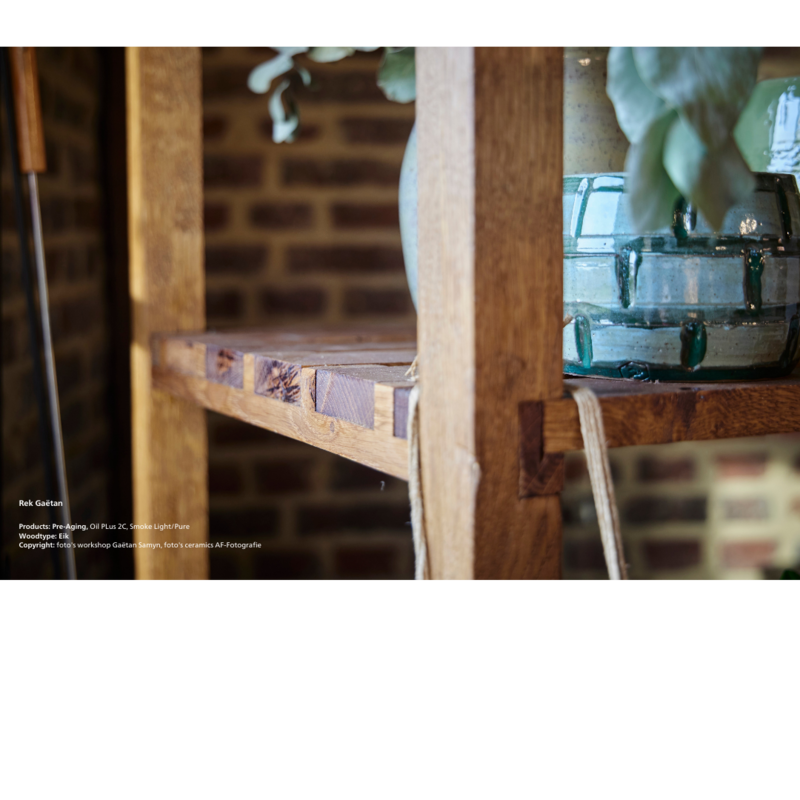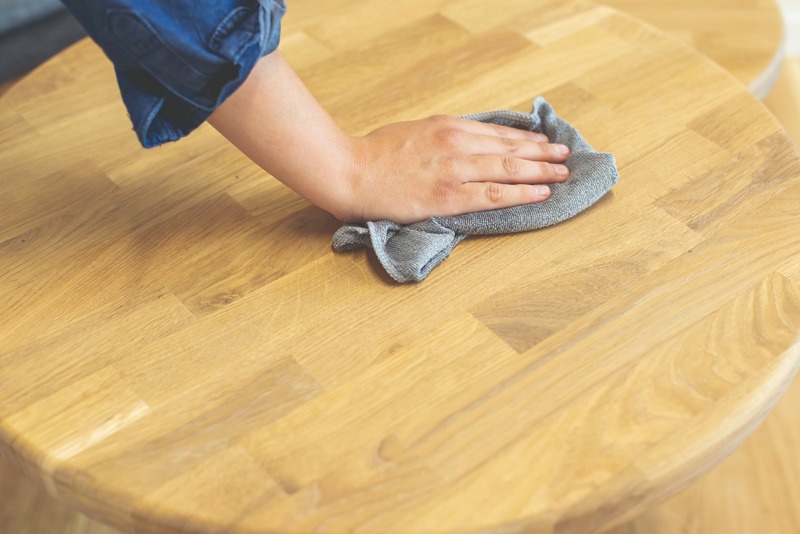
Woodworking Techniques & Tips for Beginners
This article is designed for beginners eager to embark on this creative journey to help understand the fundamentals of woodworking. We'll cover essential tools, various types of wood, basic techniques, and some useful tips to get you started on your woodworking path.
Sanding is a fundamental process used in woodworking, often dictating the quality and aesthetics of the final product. A well-sanded piece of wood not only looks visually appealing but also feels smooth to the touch, highlighting the craftsmanship and effort involved. Proper sanding techniques are essential for achieving this level of finish, and understanding how to effectively sand can elevate even the simplest woodworking projects. So in this article, we’ll learn how to properly sand wood, what tools to use and more.
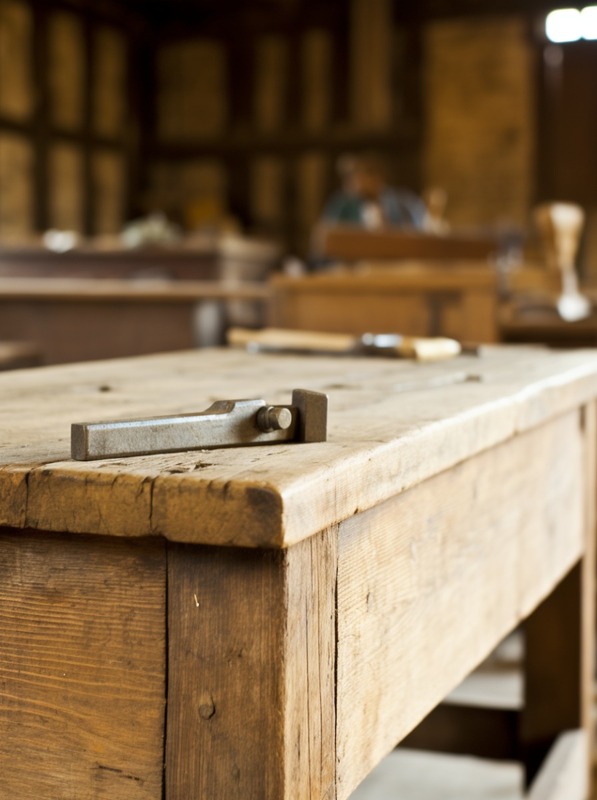

Essential Woodworking Tools for Beginners
Every woodworker's journey begins with assembling the right tools. There are countless tools available for all types of woodworking, but to get started you won’t need all that much. Your basic woodworking tools should include:
- Hammer:
A staple in any toolbox, used for driving nails and other fittings. Look for a nylon-faced hammer for general woodworking projects.
- Saw: Various types, including hand saws and power saws, are essential for cutting wood. Circular saws are probably the most versatile powered option, but a manual saw (such as a crosscut saw) should be a good starting point.
- Measuring Tape: Precision is key in woodworking, making a reliable measuring tape essential. Look for a measuring tape that can self-lock, as this will make it easier to get measurements accurately.
- Chisels:
These tools are used for carving and shaping wood. There are many varieties available, but look for a mortise chisel to start as this is a great all-rounder.
- Safety Equipment:
Safety goggles and gloves are really important to protect yourself from injuries. Don’t forget to invest in a good pair of goggles and gloves to use while woodworking.
Safety should also come first in woodworking, as many of the tools you use (and the wood itself) pose hazards. Always wear appropriate protective gear and work in a well-ventilated area to stay safe and healthy while woodworking.
Understanding Different Types of Wood
Wood comes in various types, each with its unique properties. So make sure that you have a clear idea about which type of wood you’re dealing with before you get started. Wood can generally be broken down into the following categories:
- Hardwood: Sourced from deciduous trees. Durable and strong, ideal for furniture.
- Softwood: From coniferous trees. Easier to work with but less durable than hardwood.
- Plywood: Consists of wood veneers glued together. Versatile and budget-friendly.
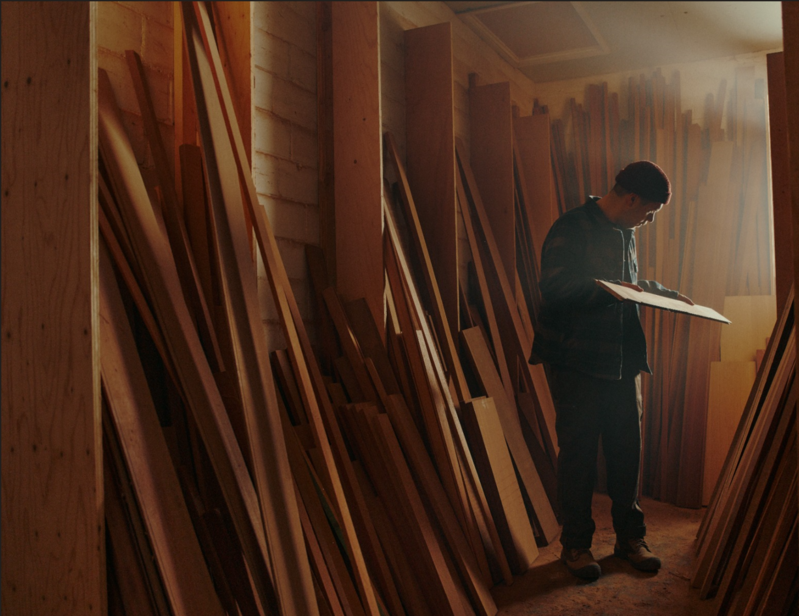

Choose wood types based on the project's requirements and your skill level. For example, hardwood is a great option if you’re looking to craft a chair or table, but it’s difficult to work with. Softwood, on the other hand, is great for beginner projects but offers much less durability, making it less useful for projects like furniture.
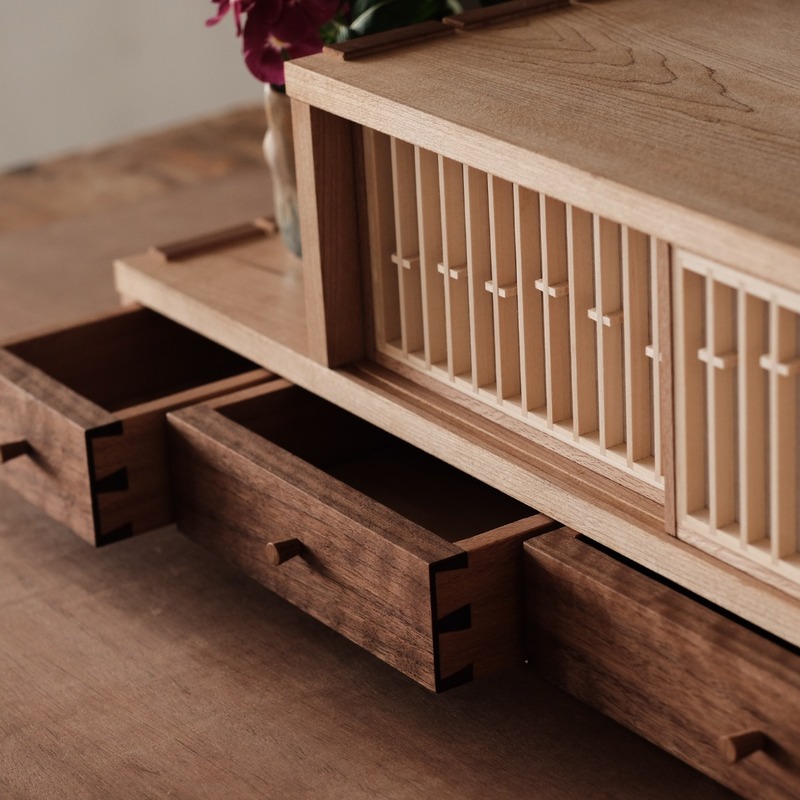

Basic Woodworking Techniques
Next, we’ll go through the steps you’ll want to take to properly sand wood. So take a look below.
The fundamentals of woodworking comprise a handful of techniques that you can hone over time. These include:
Measuring and Marking
Accuracy in measuring and marking is the foundation of successful woodworking. Use a ruler or a tape measure for precise measurements, and mark with pencils or marking knives for visible, accurate lines.
Cutting and Shaping Wood
Cutting wood is an art that takes time to master. Start with basic cuts using hand saws and gradually progress to using power tools like circular saws. Chisels are great for detailed shaping but require practice to master.
Joinery Basics
For a professional finish, maintain consistent pressure and sand evenly across the surface. Change sandpaper frequently, as worn-out sandpaper can cause more harm than good to the wood. When using power sanders, let the weight of the tool do most of the work to avoid gouging the wood.
Sanding
Sanding smoothens the wood surface and is essential for a polished finish. Start with coarse sandpaper and gradually move to finer grits for a smooth surface.
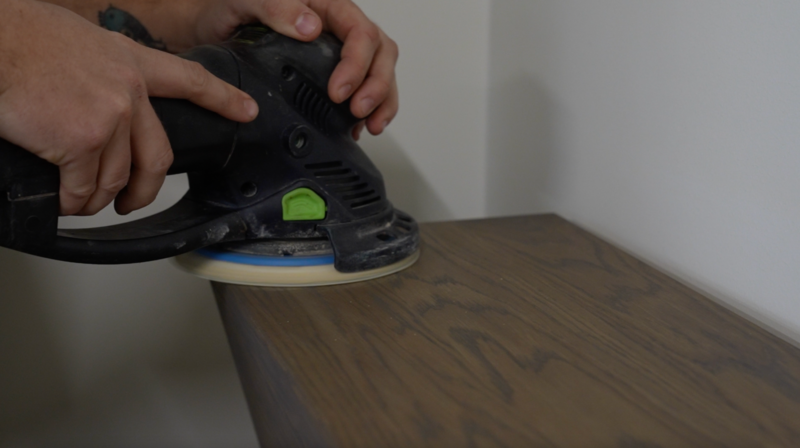

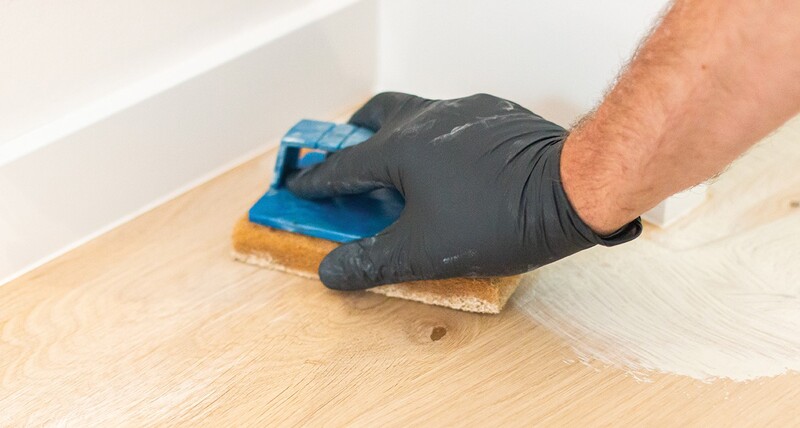

Oiling
Wood oil, using products such as Rubio Monocoat’s Oil Plus 2C, is key to preserving wood's appearance and durability. It enhances the grain and provides a protective layer against damage and wear. So make sure you apply a coat of Oil Plus 2C after finishing your woodworking project.
Tips for Starting Your First Woodworking Project
When starting out, choose simple projects like a small box or a shelf. These projects help you build skills without overwhelming you. Plan your project in detail, including the design, materials, and tools required. It’s also a good idea to start with softwoods, as they’re easier to work with.
